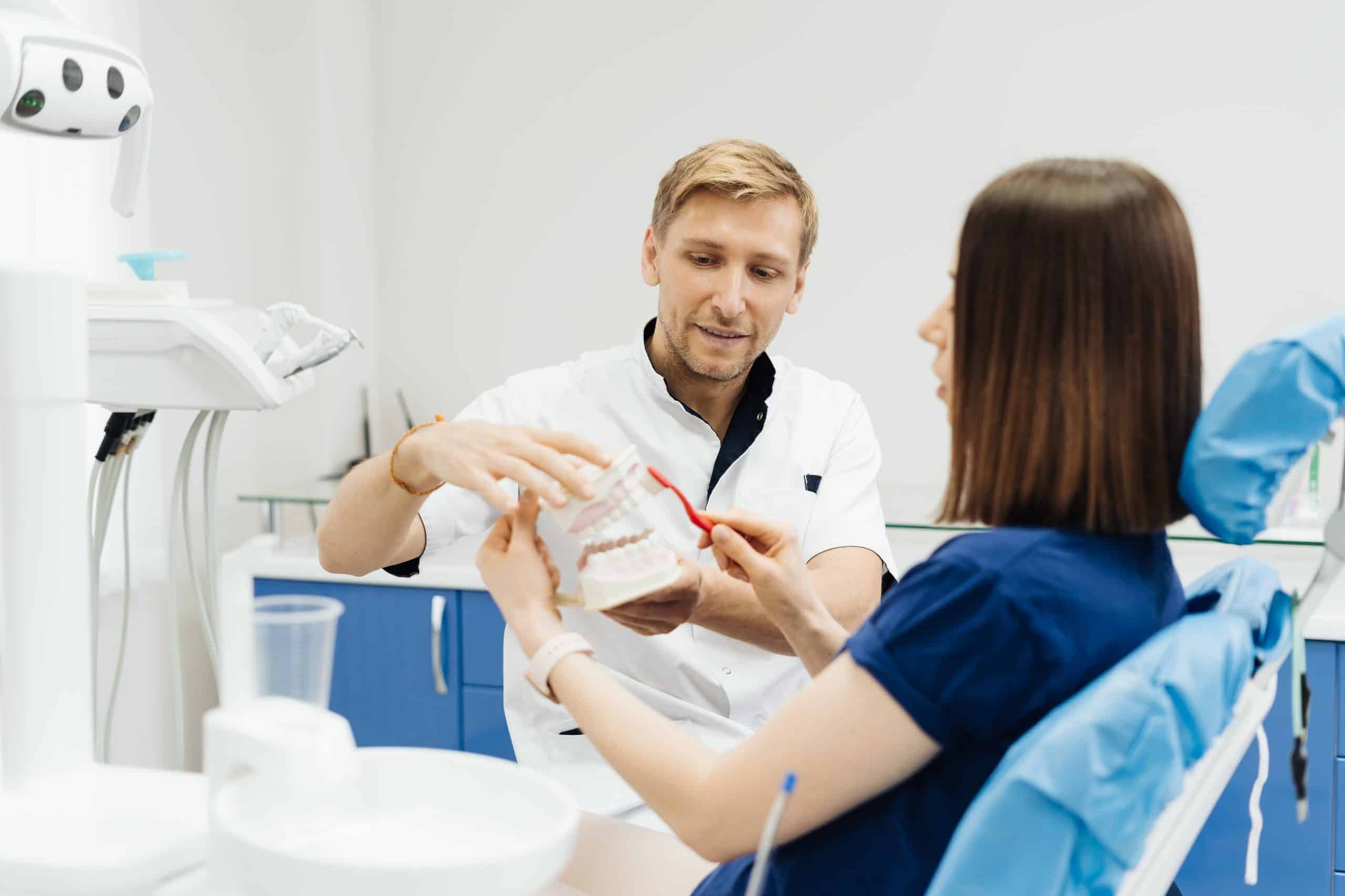How to Maintain Your Pet’s Hygiene Without Frequent Baths?

As pet parents, you always want the best for your furry friends. From feeding them the most nutritious meals to ensuring they get plenty of exercise, your pets’ wellbeing is your top priority. Among the critical aspects of pet care is maintaining your pet’s hygiene.
Sometimes, however, bathing your pet can become a bit of a struggle. How many times have you tried to bathe your dog only to end up with a wet bathroom, a half-clean dog, and your patience testing its limits?
Topic to read : What Are the Best Breeds for Therapeutic or Emotional Support Roles?
But what if we told you, there are several ways to keep your pet clean and healthy without having to subject them (or yourself) to the trauma of regular baths. This article will guide you on just how to do that.
Why is Pet Hygiene Important?
Hygiene is a crucial component of your pet’s health. Good hygiene not only ensures your dog looks and smells good, but it also plays a significant role in their overall health and wellbeing.
Additional reading : Warm up this winter with cosy triceratops slippers
Poor hygiene can lead to skin conditions, infections, and even more severe health problems. Regular grooming helps you to check for abnormalities like lumps, rashes, or parasites, early on. This makes it easier to protect your pet from potential health risks.
However, frequent bathing can also have its downsides. Over-bathing can strip the natural oils from your pet’s skin and coat, causing dryness, irritation, and even dandruff. So, how do you strike a balance?
The Role of Brushing in Pet Hygiene
One of the simplest and most effective ways to maintain your pet’s hygiene without regular baths is by brushing them regularly. This is beneficial for several reasons.
Brushing your pet regularly will help remove dead hair, dirt, and dandruff. It can also prevent matting which can be painful and lead to skin infections. Plus, it’s a great bonding activity for you and your pet.
Additionally, brushing your dog’s coat will help distribute the natural oils, promoting healthier skin and a shinier coat. Most importantly, it gives you the chance to inspect your pet’s skin for fleas, ticks, and other parasites that can cause health issues.
Use of Pet Wipes and Dry Shampoo
If your pet has gotten into something messy or smelly, but it’s not yet time for a bath, pet wipes can be your best friend.
Pet wipes are perfect for quick clean-ups in between baths. They are gentle on your pet’s skin and can remove dirt, dander, and saliva from their coat. You can get scented ones to make your pet smell good too.
Dry shampoo is another excellent product to keep on hand. Dry shampoos for pets absorb excess oil and eliminate odors, leaving your pet smelling fresh and their coat looking shiny. They are a wonderful solution for times when you can’t give your pet a full bath or for pets who absolutely detest water.
Regular Dental Care
Good hygiene is not limited to just the skin and coat. Oral hygiene is equally important for your pet’s overall health.
Regular teeth brushing is essential to prevent dental diseases that can lead to other serious health issues. Dental chews and toys can also help keep your pet’s teeth clean and healthy.
It’s important to remember, though, that dental treats and toys are no substitute for regular teeth brushing. Always consult your vet for the best dental care routine for your pet.
Clean and Healthy Environment
The final piece of the puzzle in maintaining your pet’s hygiene without regular baths is providing a clean environment for them.
Keeping your pet’s beddings clean, regularly washing their toys, and maintaining a clean living space will significantly reduce the chances of them getting dirty or contracting parasites. A clean environment will keep your pet healthier, happier, and even extend their lifespan.
The key to maintaining your pet’s hygiene without resorting to frequent baths lies in a combination of regular brushing, occasional use of pet wipes and dry shampoo, consistent dental care, and a clean living environment. With these steps, you can ensure your pet stays clean, healthy, and happy. Remember, a clean pet is a happy pet!
The Importance of Diet in Maintaining Your Pet’s Hygiene
The saying "You are what you eat" applies to your pets as well. A balanced diet not only keeps your pet healthy but also plays an important role in maintaining their hygiene. High-quality, nutritious food contributes to a healthier and shinier coat, robust dental health, and can improve your pet’s overall hygiene.
When selecting a diet for your pet, it’s essential that you choose one that is high in animal proteins, has a balanced ratio of fruits and vegetables, and is low in additives and fillers. Doing so will improve the quality of your pet’s skin and coat, decreasing the likelihood of skin infections and matting, which are often hygiene-related problems.
In addition to a balanced diet, ensuring your pet stays hydrated is vital. Water aids in digestion, helps keep your pet’s skin hydrated, and can even make their coat shine. Moreover, it helps in maintaining oral health and can assist in washing away food particles that may stick between your dog’s teeth, reducing plaque buildup and promoting good dental hygiene.
Additionally, some pet foods are specifically designed to support dental health. These foods often have a texture that helps clean the teeth as your pet chews, reducing plaque and tartar buildup. However, it’s crucial to remember that these foods should supplement, not replace, regular teeth brushing.
Finally, don’t hesitate to consult with your veterinarian about your pet’s diet. They can provide valuable guidance tailored to your pet’s age, breed, weight, and health status.
How Training Your Pet Contributes to Hygiene
Believe it or not, dog training can significantly contribute to your pet’s hygiene. Well-trained pets are less likely to get into messy situations, reducing the need for frequent baths.
Training your dog to stay away from muddy areas, avoid rolling in undesirable spots, and refrain from scavenging can keep their coat cleaner for longer. Also, if your dog is well-trained to tolerate grooming procedures, it will make the process of maintaining their hygiene a lot smoother.
Teaching your dog to allow teeth cleaning is a critical aspect of their training. A dog who is comfortable with having their teeth cleaned will make the process less challenging for both of you, ensuring their dental hygiene is maintained.
Furthermore, crate training can also assist in hygiene maintenance. A crate-trained dog will avoid soiling their crate, which can help with house training. This helps reduce accidents in the house, keeping your pet and their environment cleaner.
Remember, training should always be a positive experience. Using rewards and positive reinforcement can help your dog associate grooming and hygiene practices with good experiences, making them more willing to participate.
Conclusion
Maintaining your pet’s hygiene without frequent baths doesn’t have to be a daunting task. By incorporating regular brushing, taking advantage of pet wipes and dry shampoo, maintaining oral hygiene, providing a clean environment, offering a balanced diet, and investing in dog training, you can ensure your pet is clean, healthy, and happy.
Remember, while baths are essential, they aren’t the only way to keep your pet hygienic. In fact, frequent bathing can sometimes do more harm than good by stripping your dog’s skin of essential oils. Instead, focus on consistent, holistic hygiene practices to keep your pet in their best form.
Lastly, always consult your veterinarian for personalized advice, especially when introducing new aspects to your pet’s hygiene regimen. After all, every pet is unique, and what works best for one may not work for another. Aim to build a routine that suits your pet’s individual needs and lifestyle, ensuring they stay fit and fine.
Remember, good hygiene is a cornerstone of pet health, and a clean pet is indeed a happy one.
